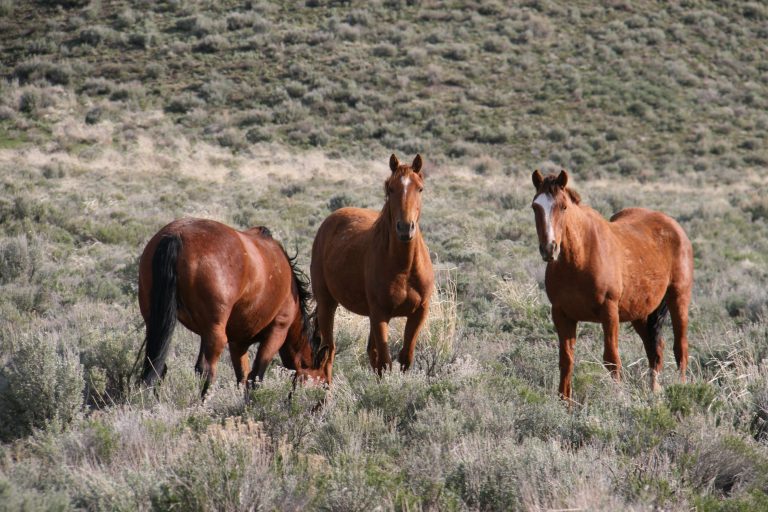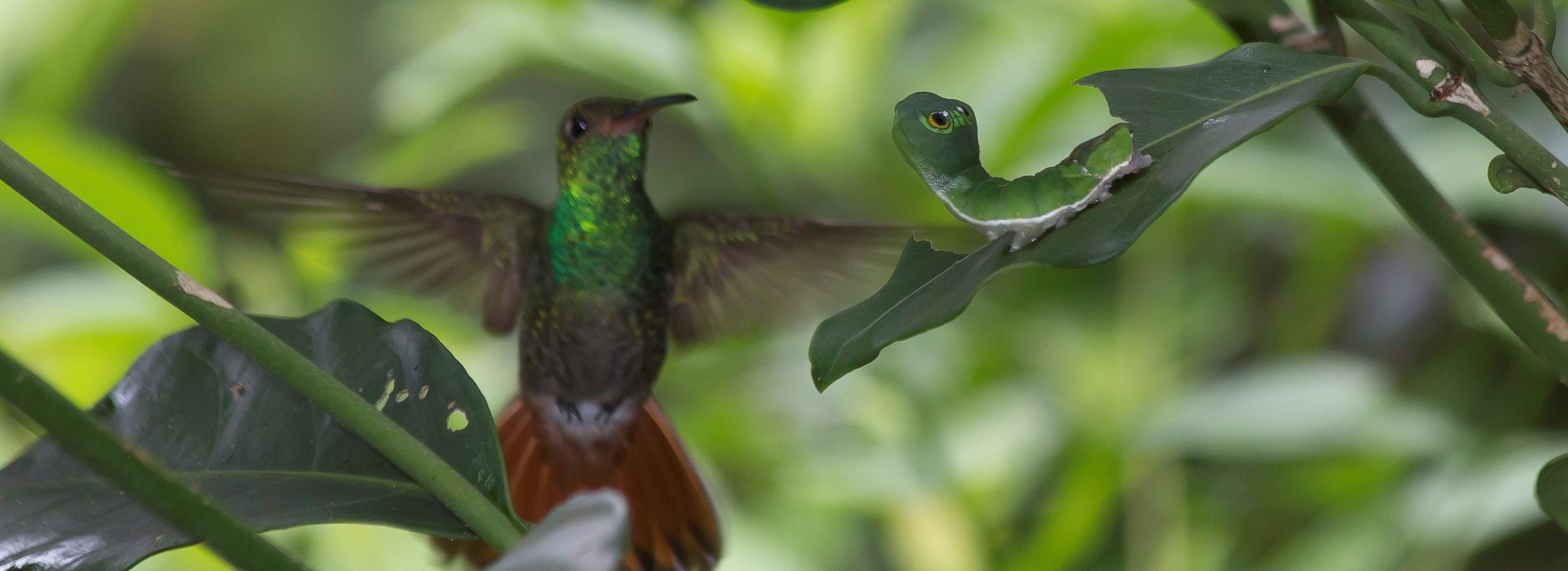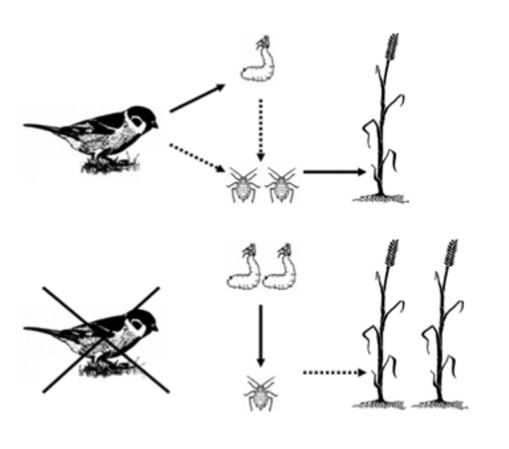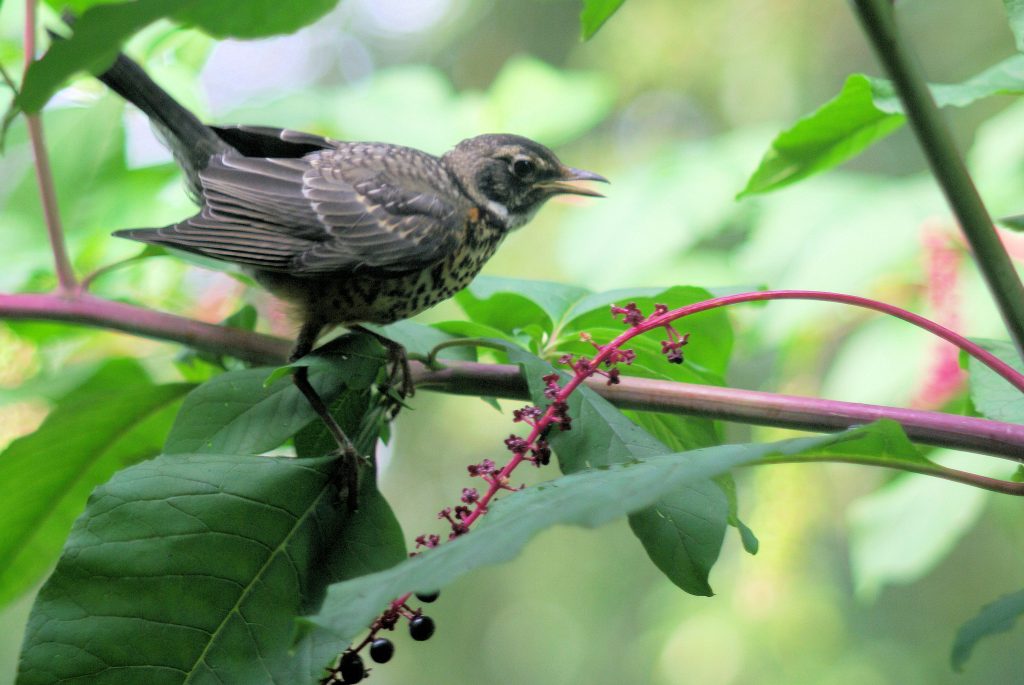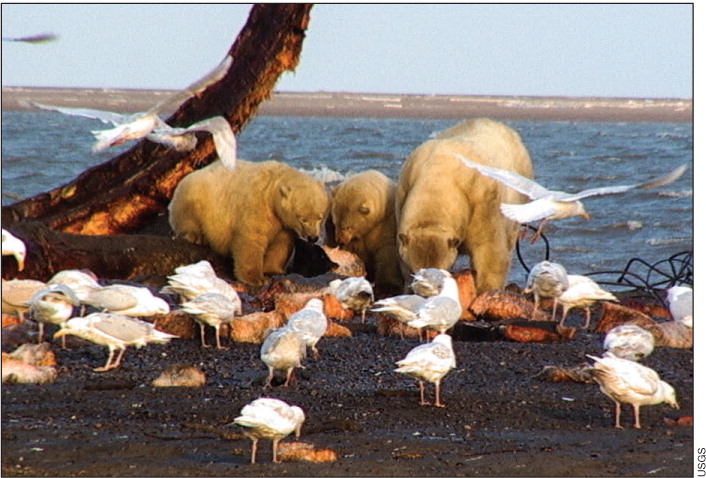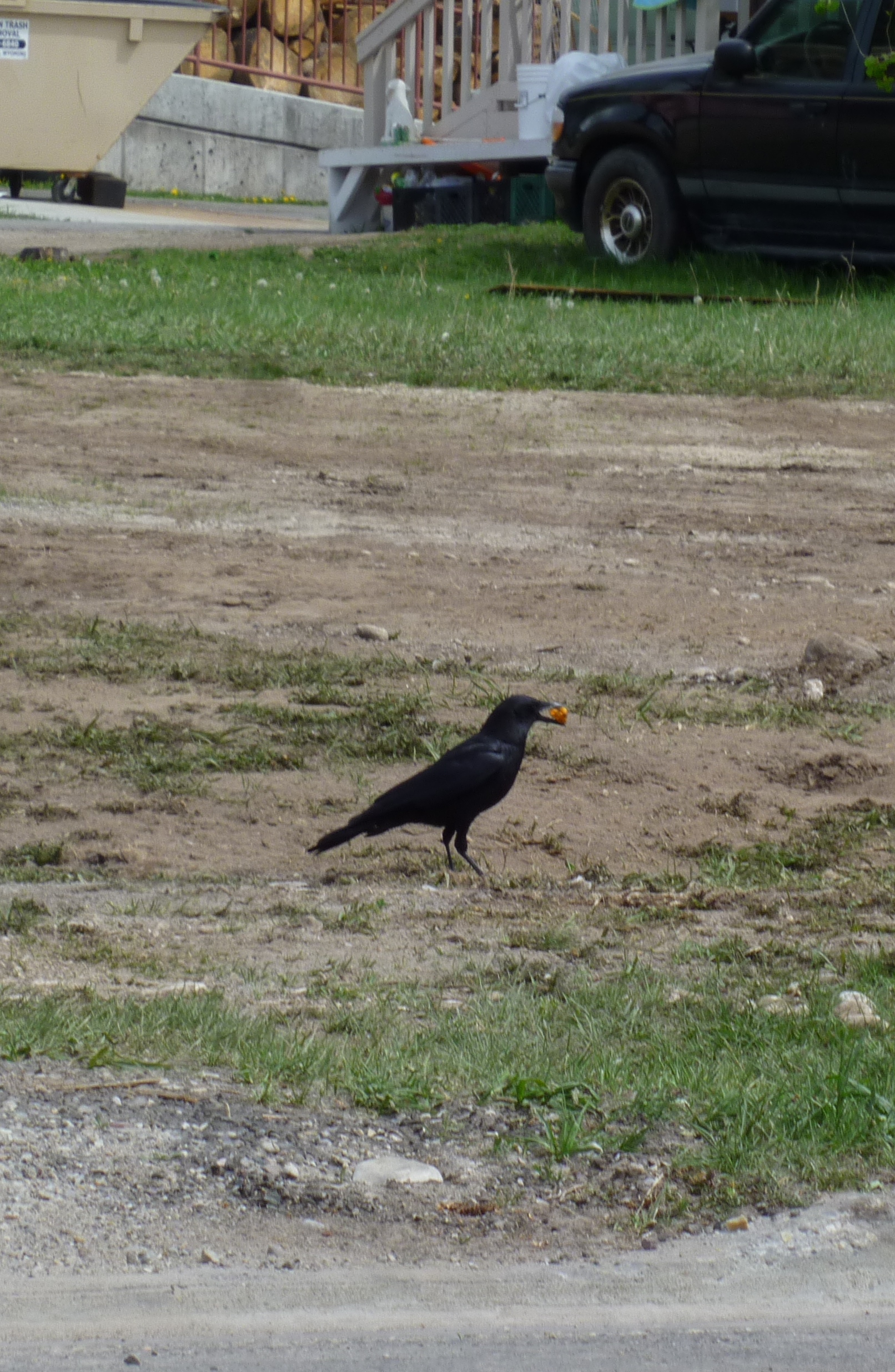
In a race for Cheetos, magpies win, but crows steal
Black-billed magpies and American crows, both members of the clever corvid family of birds, have adapted comfortably to life in urban and suburban communities. In Jackson Hole, Wyoming, the two species often nest nearby each other in backyards and parks. Nesting near their much larger crow cousins affords magpies a margin of extra safety from a common enemy—ravens, an even larger corvid species. Do magpies pay a food penalty for nesting near larger rivals? To find out which of the two corvids were more intrepid snack scouts, Esposito presented breeding pairs with a set of Cheetos challenges. She will present her results today at ESA’s 101st Annual Meeting in Fort Lauderdale, Florida.
